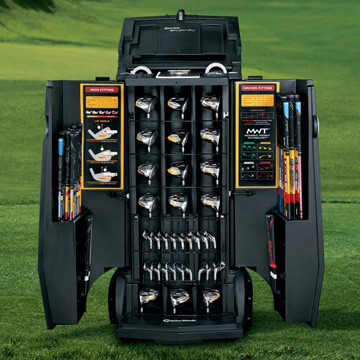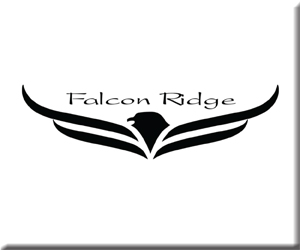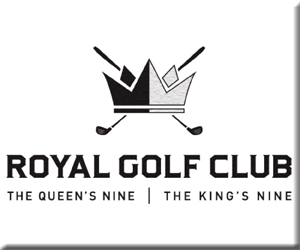Proper Club Fitting
By Chris Foley
Over the course of the golf season, each month in this column we will be sharing ideas to help improve your golf game without changing your golf swing. By implementing our advice each month, you will see improvement in your game and lower scores.
An easy way to potentially improve your game is to make sure that your golf clubs fit you properly and are optimized for performance. When golf clubs fit properly, a golfer doesn’t have to create compensations to work around deficiencies in their equipment.
In a club fitting, factors that should be considered include the club’s length, shaft flex, material and weight, lie angle, grip size, and club loft. Each factor can have an influence on how a player swings the club and their performance.
Club Length
The length of the club influences a player’s posture at address and the impact location on the face of the club.
If a club is too long or too short for a player, it will be difficult for them to get set up in a good golf posture. If a player is not in good posture, they are out of balance. When the golfer is out of balance at address, he will seek balance during the swing. In seeking balance, the golfer becomes much more reliant on timing.
When a club is too short, the golfer’s impact location on the face of the club will tend to be toward the toe. When the club is too long, impact tends to be toward the heal. Off center hits have a big influence on distance and will create more curvature on the ball.
Shaft Flex, Material and Weight
The shaft influences shot distribution, trajectory and a player’s tempo and timing. If the shaft doesn’t fit a player, he will have a much more difficult time controlling the flight of the golf ball. If a shaft fits a player well, it will be much easier to hit and will perform much better for the player.
Lie Angle
The lie angle of a club is the angle created by the shaft and the sole relative to the ground. If the lie angle is correct for a player, the sole of the club will come through impact flat to the ground. If the lie is too upright, the heal of the club will tend to be lower through impact and cause more hook spin. More slice spin is created when a club is too flat, and the club comes through impact with the toe more down.
Grip Size
The size or diameter of a grip has influence on how a player squares the clubface at impact. A grip that is too large can slow down the squaring of the clubface through impact, while a grip that is too small can influence the face closing too rapidly. The size of the grip also influences where the handle of the club is placed in the hands, which can affect how the wrist hinge.
Loft
Club loft, especially with the driver, is one most important club fitting variables.
From a set make up standpoint, having the proper lofts on each club is critical so that the gaps between each club are consistent and correct for the player. We don’t what to have overlap or duplication of clubs in a set. Also, if gaps between clubs are too large, there will be yardages that will be very difficult for the golfer to play.
Correct driver loft is extremely important to optimize distance. A golfer’s club head speed and angle of attack create a window of optimal launch and spin. To get in the range of optimal launch and spin, the loft of the club needs to be correct for the player.
Having equipment that fits you is an easy way to improve your golf game. Golf is easier and more fun if your clubs are not working against you!






























